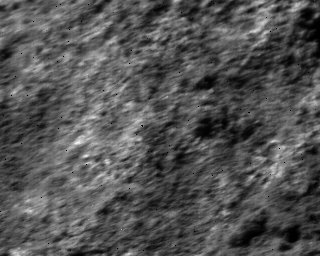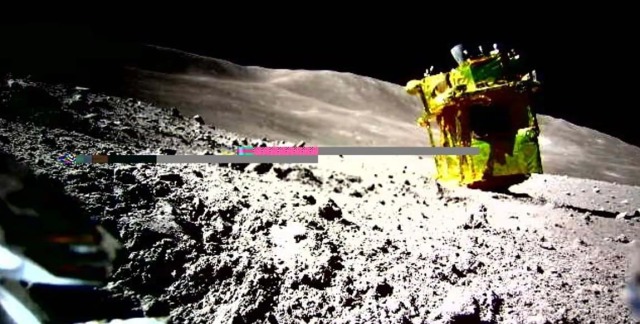Ten days ago, the Japanese Space agency's SLIM lander was able to land gently, but for some reason made it head down. As a result, its solar panels did not look at the Sun, which is why they did not receive enough energy to work, and the device did not communicate. However, as the sun changed its position, an unexpected thing happened: the device came to life.
On January 19, 2024, Japan became the fifth country (after Russia, the United States, China and India) to gently land a research vehicle on the moon. However, due to the landing of the module "on the nose", the solar panels were not oriented to the Sun at the correct angle. Therefore, after transmitting a small amount of data on the energy of the batteries, the device quickly fell silent.
This is usually a fatal problem: when the battery is discharged, further operation of the spacecraft may not resume, even if its solar cells come under sunlight again. This is due to the fact that undercharged batteries can fail in space conditions (for example, with deep hypothermia), as well as a number of other onboard systems.
 |
| A picture sent from the SLIM after it resumed operation. |
| Source: JAXA |
Therefore, a pleasant surprise was the message from the Japanese Space Agency that appeared that night that communication with SLIM had been restored and its multispectral cameras were already transmitting images to Earth. On one of them there is a "toy poodle", one of the stones lying next to the point of landing SLIM.
The resumption of communication is important because before landing, the module dropped two lunar rovers on the Moon (from an extremely low altitude) on new principles of movement: a "planetoprog", moving by jumps, which should help it explore slopes previously inaccessible to automata, and an even more exotic device with a changeable shape. The lunar module was an intermediate transmitter for them, without which it is problematic to contact the Earth with a low-power onboard transmitter.
The video of the SLIM landing is interesting because it is the first landing in world history, captured from an inverted position / © JAXA The lunar day lasts 14 days, and part of it the device will not be illuminated by the Sun. In addition, SLIM does not have a powerful internal radioisotope heating source, like the Soviet lunar rovers, so it is unlikely to survive a lunar night, during which the temperature on Selenium drops to minus 173 degrees Celsius. However, even the limited operating time of the device can provide a lot of important data — for example, about the operation of its two unusual lunar rovers.
A special feature of the SLIM mission was the choice of a landing site on the slope of a crater with a slope of 15 degrees. Before that, no Earthlings' apparatus had deliberately tried to land on the surface with a significant slope. The Japanese Aerospace Agency decided that we need to learn how to do this if we want to effectively explore the lunar circumpolar regions, where the terrain is replete with craters and steep slopes. Judging by the images from the lunar rovers, the Japanese module really managed to land smoothly — but still not at all as its creators had planned.

